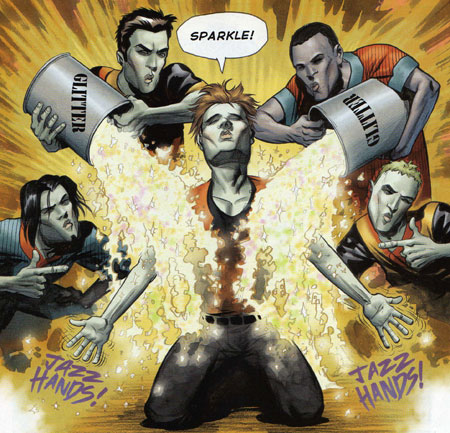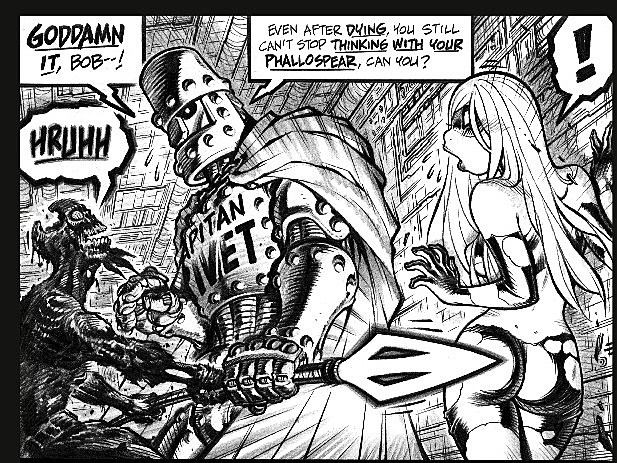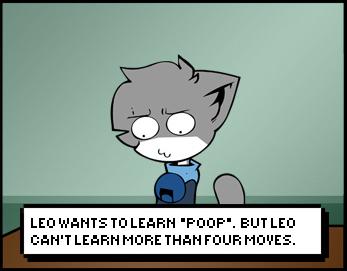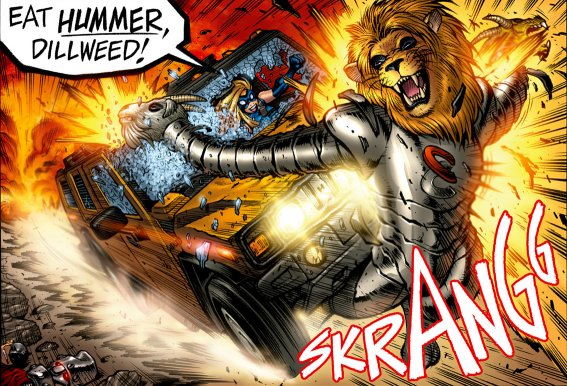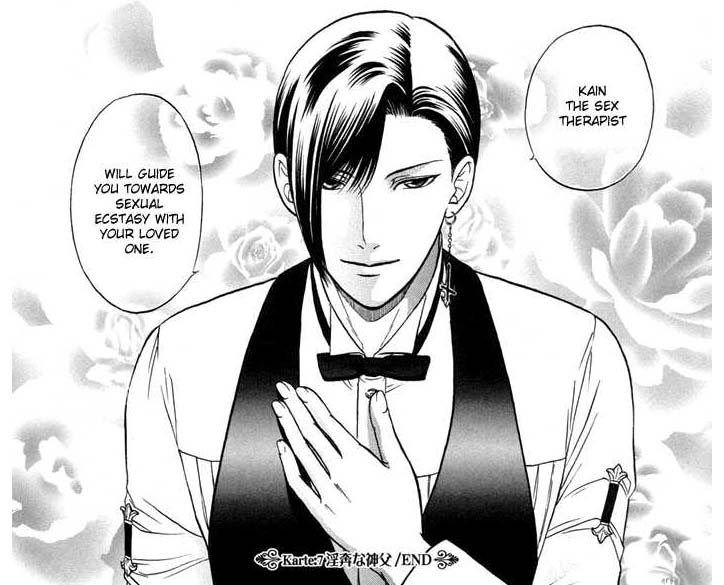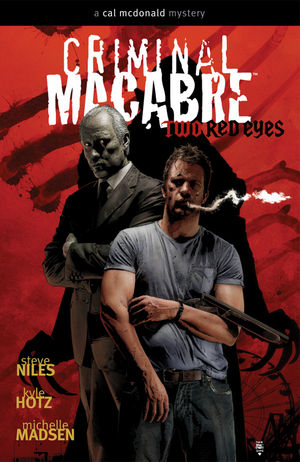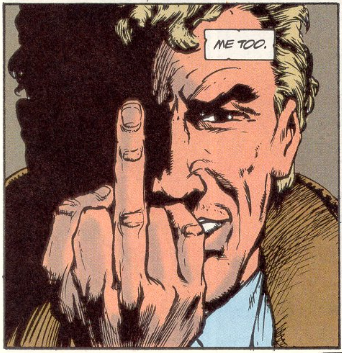A Roleplaying Game of Power and Consequences
Because you demanded it.
Today's soundtrack will be NewRetroWave.

Today we are setting the wayback machine for 2002, for Unknown Armies' 2nd edition. That's the edition most people talk about, and it's the one I happen to have. The first edition was a paperback book that came out in 1998 and was subtitled “A Roleplaying Game of Transcendental Horror and Furious Action.” The books are pretty different in a lot of ways, but I don't have a copy of the first edition so I won't be talking about them much. It's important to note how drastically the world of Roleplaying Games had changed between the publication of the first edition and the second. In 1998, White Wolf had just killed TSR and Vampire had taken over everything. In 2002, 3rd edition D&D was crushing White Wolf, and Vampire was staggering around trying to relight the fire with Victorian Age Vampire (yes, that was an actual thing, we might do an OSSR of it someday). That of course didn't work, and two years later the Vampire setting would be officially retired.
This book looks like a late period White Wolf book. The interior is black and white, weird fonts dominate in headings, there are “gimmick pages” that pretend to be in-world hand writing or whatever, there are pages of white text on dark gray backgrounds, and if the artwork looks pretty familiar in places, it's because some of it is done by Brian Snoddy.
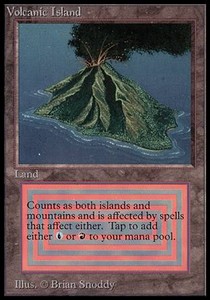
Yes. That Brian Snoddy.
Unknown Armies is actually produced by Atlas Games, which has a special place in my heart for doing such 90s classics as Feng Shui and the Lunch Money card game. To say that Atlas is no longer a major force in RPGs is rather overstating things. Atlas has never been a major force in RPGs. They are a small indie game company, and RPGs are just a fraction of what they do. But some of their games are pretty cool and they are definitely a name that you should mention when talking about indie production companies in general.
Unknown Armies is by Greg Stolze and John Tynes. Stolze is a flat-out veteran of the field who's done a bit of everything (with, it must be said, a fair chunk of freelancing for White Wolf), and Tynes is probably best known for Delta Green, and is very highly regarded in the Call of Cthulhu milieu, especially his Pagan Publishing stuff, and is highly regarded for his revamp of Hastur: The Road to Hali.
Which is a way to say that here you have two guys who have been dipping their toes in the urban gothic fantasy end of the RPG pond for a long time. Guys who would have grown up on Kolchak the Night Stalker and graduated to the X-Files, and these are the guys that would have seen the World of Darkness and Call of Cthulhu at their silliest and grittiest...and basically say "Hey, we can do better than that!"

The book is 335 pages long, and has an introduction and 22 chapters. These chapters are further divided into four “books” and supposedly you can get by reading only some of the books in the book depending on what kind of game you're playing. Spoiler alert: that is a fucking stupid idea, don't try to do that. This puts us in kind of a bind, as we can't really cover a book of this size in 5 posts, and I will be damned if we're going to drag this out for 23 posts. It's just in inconvenient chunks to review. So what we're going to do is try to do this in nine posts. Each post will be half a “book” so it will be 2 and a half or three “chapters.” The in-your-face layout is the kind of thing that people did (and continue to do) when they got access to all the magic of InDesign, but I wish they wouldn't.
This quote is at the bottom of the copyright/trademark statement. It's a quote from "Little Ones" by Alpine Valley Mystery School. Which really pretty much sets the tone for the book in a way.The television is on / There's been some kind of bomb / You know they got the little ones / They always get the little ones
The Table of Contents is out of control. It's two pages long, in three columns with a small font, and fills both pages. There are four entries for page 291. There are eight entries for page 104. This isn't even one of those Nightlife things where every single heading goes into the table of contents regardless of its overall importance in the book structure. The thaumaturgical effects on page 104 that each get into the ToC don't look any different than the epididimancy effects on page 136 that don't get listed. If there's any logic at all to this, I don't see it. It seems like various essentially random things were taken from the book and put into the table of contents until it filled two pages with dense scrawl and then they stopped. Which is probably exactly what happened. I think this is what happens when your book has a “graphic designer” and he's one of the two authors and your book doesn't have a typesetter or even a credited editor.
Sure, why not.A Roleplaying Game of Power and Consequences
Really, this is a game which looks a lot like someone who read Mage: the Ascenscion and got pissed off. It's a step away from Dr. Strange-style fancy pants magic, or the sophisticated mummery of the Nine Traditions. The conflicts tend to be something closer to Hellblazer or Muktuk Wolfsbreath, Hardboiled Shaman...except of course that it's kinda of insane.

Introduction
The introduction is twelve pages long. The first page is an “about the book” section that gives you a rather unhelpful rundown on how they think you should use this book (they suggest not reading all of it, which about the worst advice they could give). The second page is a brief description of how the game works. And the third through twelfth pages of the introduction are a rambling story piece interspersed with fake handwritten notes and crap.
The About The Book section really brings the hammer down on out of character information, which makes it look like it was a game from in 1978 rather than 1998. The first best is supposedly to not even read the chapters that deal with things your character doesn't know, and failing that you're supposed to review the chapters that are in your character's purview so you don't use out of character information. Spoiler alert: the rules for not running into a deer on the road with your car are in the fucking GM-only section, so that's supposed to information secret from all players past and future. We haven't even gotten out of the first fucking page and already I need a drink. Fuck this book.

In a post 9/11 world, even the fucking driving rules are classified, citizen.
Yeah, they're a little full of themselves. Maybe more than a little. The basic idea is that the players shouldn't be munchkins that know everything about everything in the setting, which is understandable - it's why you have GM sections. It also breaks down that there are different kinds of campaign you can play, from the one where John Constantine needs to summon a fear demon to scare people out of bar so the Mafia will cancel what he owes to John Constantine having to fly to New York and stare down a night club full of the world's most dangerous magicians with only his magic matchstick, to John Constantine becoming an avatar of the Mystic Hermaphrodite and skull-fucking some asshole that wants to upset the cosmological balance.
No, seriously, the three levels are "street," "global," and "cosmic." The idea is that you probably start out on the street, mundane joes and janes just beginning to run into magical shit, and then as you get deeper in to the secret world of magic you start getting mixed up in bigger plots, until finally you're dealing with shit that effects the very subconscious constructs that embody humanity.

The second page of the introduction tells you how the game's basic resolution system works. That's good. Unfortunately, the system works like the system in Unknown Armies. That's bad.

The toppings contain sodium benzoate.
The game rolls percentile dice, but even the excessively telegraphic “very basics of playing the game” page at the beginning of the book takes 14 paragraphs of very small font to explain this. This is because in Unknown Armies you do... stuff... with the dice. Rolling higher is better than rolling lower, but rolling under your skill is better than rolling over it but still under your stat, modifiers apply to your skill, which changes the odds of you getting some kinds of success and not others. One tenth of all rolls are “matched rolls” which are either better or worse than other rolls depending on whether they succeeded or not except if the action has a “cherry” in which case a thing happens if you get a match regardless of whether it succeeded or failed. There is a critical success at 01 (which is totally different from the “strong cherry success” you probably get for rolling an 11), and there is a critical fumble at 00 (unless that's a cherry for the power you're using, in which case it might not be). Also, some rolls are “flip flop rolls” where you have the option of reversing the 1s and 10s places. And you get to roll dice ahead of times in some circumstances which is called a “hunch roll.”
Got all that? No. You don't. I have no idea why anyone thought a RNG this complicated was a good idea. Even for an indie game this is some gimmicky bullshit.
If you squint and move your head to the side a little you can see that the bones of this thing is from Basic Roleplaying, with some of the shenanigans borrowed from other games. I kind of strongly suspect that maybe this was some homebrewed BRP variant Tynes had whipped up for a home campaign, because I've seen other people do that and end up with something that broad-strokes resembles this, but I can't say that for a fact. The thing is, while things like "Flip-Flop Rolls" or "Matched Rolls" sounds great if you've been bored with CoC for years and have a stack of gamer magazines you could bury a man in, from a top-down game design point it looks like complication for the sake of complication.

The ten page is actually only five pages. It's interspersed page for page by fake diary entries in a “handwriting font” on fake lined paper with little doodles and shit. The diary entries are supposed to be atmospheric stuff about investigating crazy person logic. They were written for a 21st century book, but they don't feel like it. The first entry is about someone trying to find out the name of an actress in a crappy Cinemax softcore cable movie. Even in 2002, the answer to that question would probably be “look at wikipedia” and the whole endeavor certainly hasn't aged well. Taping a showing and trying to read her name in the credits at the end of the film was already going obsolete as a thing to do in 2002. Now, kids are asking “What's a video tape?” Anyway, the diary entries aren't set at specific points in the story or anything, it's literally just every other page and it cuts into the middle of paragraphs and even sentences. Not a victory for typesetting, certainly. It makes both the story and the diary entries hard to follow. The whole effect was probably supposed to be pretentious and artistic, but it's mostly just exactly like having someone wave a piece of lined paper in front of your face while you're trying to read.

I think the handwritten pages might actually have been handwritten on notebook paper and scanned in. Which sort of underlines the point, that this is supposed to be a game where you've twigged onto something weird happening and you don't know if it's magic or if you've suffered a psychotic break.
The five page story is not actually terribly helpful. It's mostly about a teenage girl who gets abandoned by her family and tries to find them. Nothing overtly magical happens until page 4, and the payoff is that she shoots her father. It turns out that her father is really her adopted father and she was actually sired by a cult leader and given an anagram of his name in order to make it difficult to track that cult leader with magic. It's all fairly incoherent actually, and doesn't tell you what's going on.
Which, again, I think is supposed to be deliberate. This is supposed to be the edgy tease-in, the peek behind the dirty curtain of reality, and to show the readers how grown-up and gritty they are to be talking about secret pornography and the occult...
...which I think I should emphasize. This isn't "the occult" as most games use it. We're not talking traditional magical methods at all, this is closer to somebody that read the Pseudonomicon and Psychonauts and Liber Null and then sort of worked backwards from there; it doesn't work in a lot of real-world occult trappings and magic. It's trying really hard not to be like Mage or Shadowrun and pay lip service to Voudoun or Hermeticism.
The journal entries ultimately turn out to be written by the guy who explains to the protagonist of the story a little bit about how magic works. Well, he doesn't actually explain shit about how it works, but he explains and demonstrates that it exists. All of the diary bits are written before the main story starts and almost all of it is about the character obsessing about an obscure 90s pornstar who has a secret name and is trying to become a mini-goddess or something. Then on the last page he finds a photo stuck to his shoe of the cult leader and decides to hunt him down and kill him. Yeeeah.

I could see John Waters doing that movie.
Basically, the introduction claims to believe that the less players know about the game the better. It then delivers on this premise by having a 12 page introduction split into four parts that each explain almost nothing. Personally, I find the idea of attempting to do cooperative storytelling with none of the participants having the slightest idea what the fuck to be pretty repellant. It's why I never got into this game when it was new.
Some friends of mine were like “Unknown Armies is so teh [sic] awesome!” and I was like “Really? What's it about?” And they were like “Ooooh... we can't tell you!” And I was like “Well fuck off then, life is too short for this kind of shit.” And the thing is, that wasn't just my dickish and pretentious friends being dickish and pretentious, that's actually what the game tells people to do. I'm going to need more slivoce.
It reminds me of when friends tried to get me into SLA Industries...well, let's not go there. Forward, then, to Book One.





